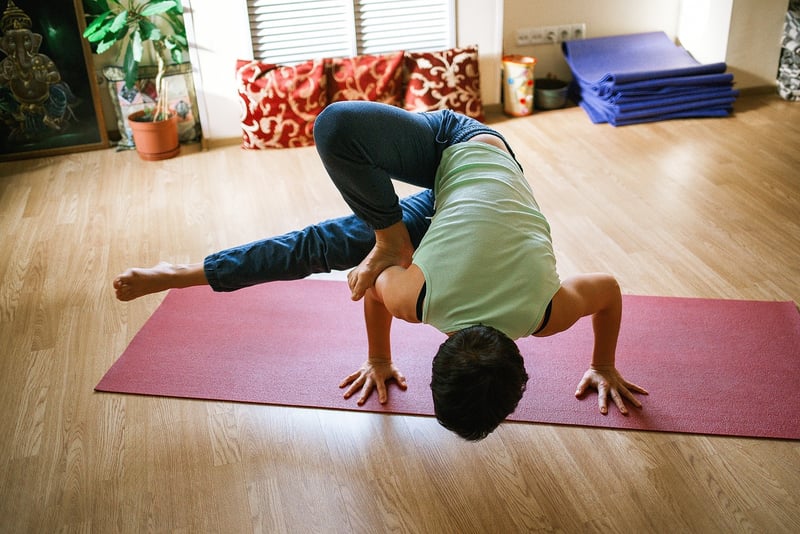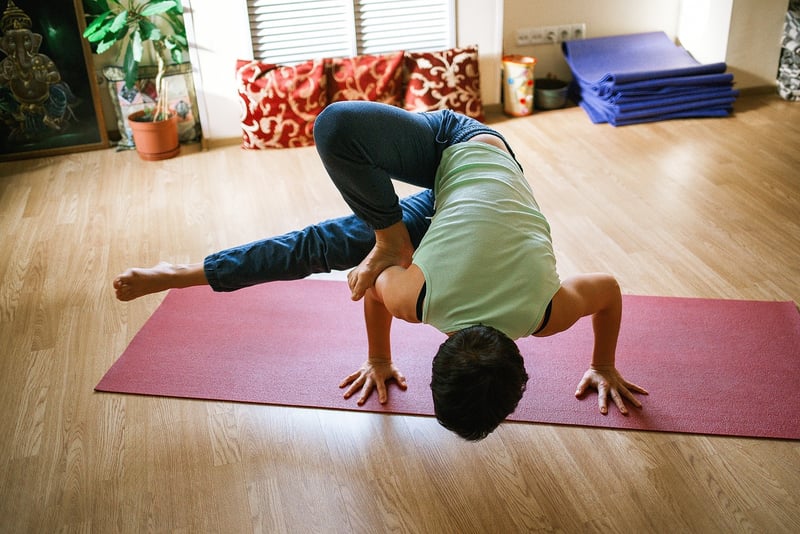Restorative Yoga
The Power of Physical and Mental Practice Combined with Restorative Yoga

In a fast-paced world filled with constant demands and stressors, finding a balance between physical and mental well-being is crucial. Incorporating a combination of physical and mental practices, along with restorative yoga, can significantly improve overall health and quality of life.
Physical and Mental Practice
Engaging in regular physical activity not only benefits the body but also has a positive impact on mental health. Exercise releases endorphins, also known as "feel-good" hormones, which can help reduce feelings of anxiety and depression. Whether it's going for a run, taking a dance class, or practicing yoga, finding a physical activity that you enjoy is key to maintaining both physical and mental well-being.
Similarly, incorporating mental practices such as mindfulness meditation, deep breathing exercises, or journaling can help reduce stress, improve focus, and promote emotional well-being. Taking time to quiet the mind and connect with your thoughts and emotions can lead to a greater sense of self-awareness and inner peace.
Restorative Yoga
Restorative yoga is a gentle form of yoga that focuses on relaxation and stress relief. It involves holding poses for extended periods, allowing the body to fully relax and release tension. Restorative yoga is especially beneficial for those dealing with high levels of stress, anxiety, or chronic pain.
During a restorative yoga practice, props such as blankets, bolsters, and blocks are used to support the body in various poses, promoting deep relaxation and a sense of calm. The slow-paced nature of restorative yoga helps activate the parasympathetic nervous system, also known as the "rest and digest" response, which can counteract the effects of chronic stress.
By combining physical and mental practices with restorative yoga, individuals can experience a holistic approach to well-being that addresses both the body and the mind. This integration of practices can lead to improved sleep, reduced anxiety, increased flexibility, and a greater overall sense of balance and harmony.
Take the time to prioritize your physical and mental health by incorporating a variety of practices that nourish both your body and mind. Whether it's a brisk walk in nature, a meditation session, or a restorative yoga class, find what works best for you and make self-care a priority in your daily routine.
Remember, true well-being comes from nurturing all aspects of yourself – body, mind, and spirit.
